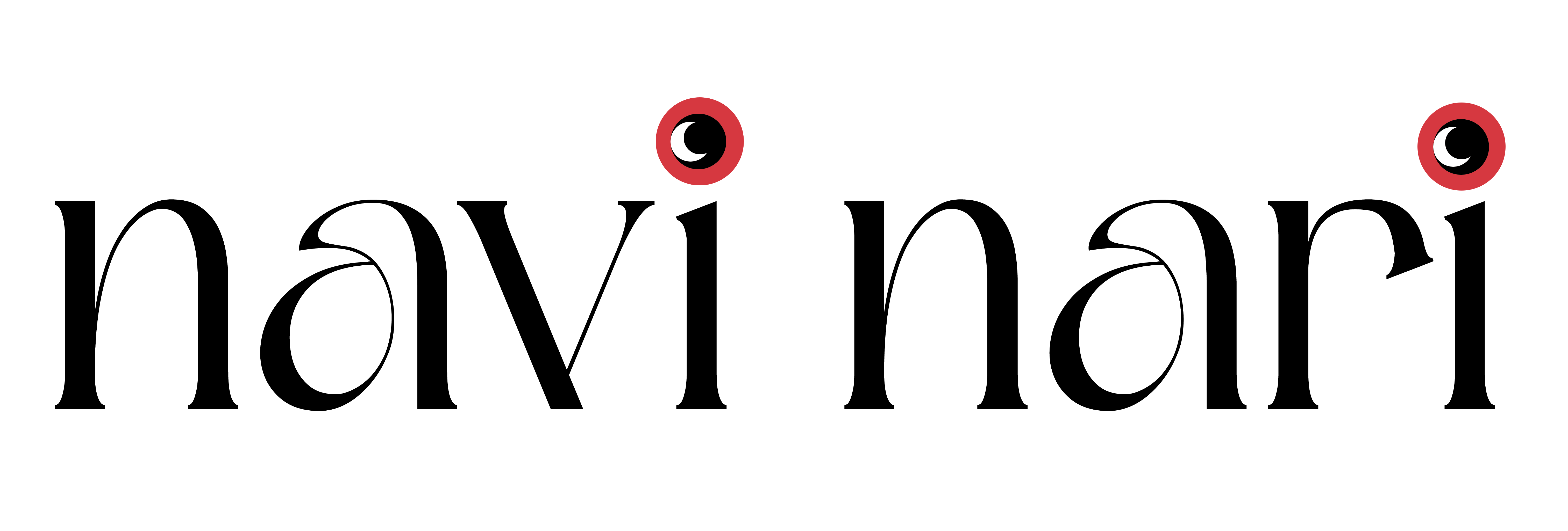“There is no beauty in the finest cloth if it makes hunger and unhappiness” - Mahatma Gandhi
The fashion industry is the second-largest polluter in the world, after the oil industry. The environmental damage increases exponentially as the industry grows. A drop in garment prices over the last 20 years has allowed everyone to buy more and more clothes. It felt great until we found out what ugly reality was hiding behind this trend. The continuous accumulation of cheap garments is only possible because of a constant reduction in production costs. This, in turn, has serious consequences on our health, our planet, and garment workers’ lives.
Fast fashion has become more common and popular as it is cheap, because of its manufacturing style and also shipping methods.
It has become a challenge to wear a garment more than five times. Why?
Garment quality is declining every year. As a result, our clothes start looking faded, shapeless, or worn out after a couple of washes. Besides, trends are changing so quickly that we cannot keep up. People continue to purchase more frequently to stay up to date.
This is Fast Fashion: Mass-production of cheap, disposable clothing. Countless new collections per year make us feel constantly out of date and encourage everyone to keep buying more.
However, there are solutions and alternatives to mitigate these problems. The first step lies in building awareness and willingness to change.
Green fashion trends can help take individuals' responsibility and have more sustainable fashion practices.
- Choose organic or natural fabrics that do not require chemicals to be produced and also choose fibers with low water consumption such as linen, recycled fabrics, etc.
- Wash clothes only when you need to
- Wash clothes at a lower temperature (30ºC)
- Buy less, buy better quality and recycle.
- Choose organic and natural fibers
- Choose sustainable brands like ours
- Always wash new clothes before using them the first time.
To deliver on low price points for fast-changing styles, these “real-time” brands rely on fossil fuel-based synthetic materials that are cheaper, adaptable, and more widely available than natural materials. As a result, polyester has grown to become the number one synthetic fiber and now represents more than half of all global fiber production. It is derived from non-renewable resources and requires a great deal of energy.
The process of recycling is oversold. This is due to a host of reasons including the inability to plan design at scale due to the variability of supply; limits to recycling technology (e.g., it remains near impossible to recycle goods made from multiple inputs); limited infrastructure; and shorter, lower-quality fibers resulting from recycled inputs and high cost. As a result of these obstacles, less than 1% of all clothing is recycled into new garments.
Worse yet, recycling does little to limit environmental damage while exacerbating inequality. Recycling bins in H&M and Zara stores are a guilt-free placebo that encourages ever more consumption. Most donated items end up in landfills in poor countries. At the same time, a recent life cycle analysis (LCA) on cotton jeans revealed that the climate change impact of buying and disposing of a pair of jeans is almost the same as upcycling the jeans into a new pair.
Seeing the current situation and the impact of fast fashion on the environment, At Navi Nari, we believe in long term use of clothing.
Navi Nari creates ethnic wear that has great quality and will look the same for as long as you wish to adorn it. The fabrics go through quality checks during sourcing, therefore saving money in the long run.
In a world of fast fashion and artificial fabrics, Navi Nari offers 100% authentic cotton fabrics and a long-lasting style. The brand promotes sustainable fashion by crafting clothing that will last as long as you wish to wear it. We also use natural fabrics, in an attempt to burden the environment less. So why not shop green and do your small part in saving the planet.
#shopgreenatnavinari

